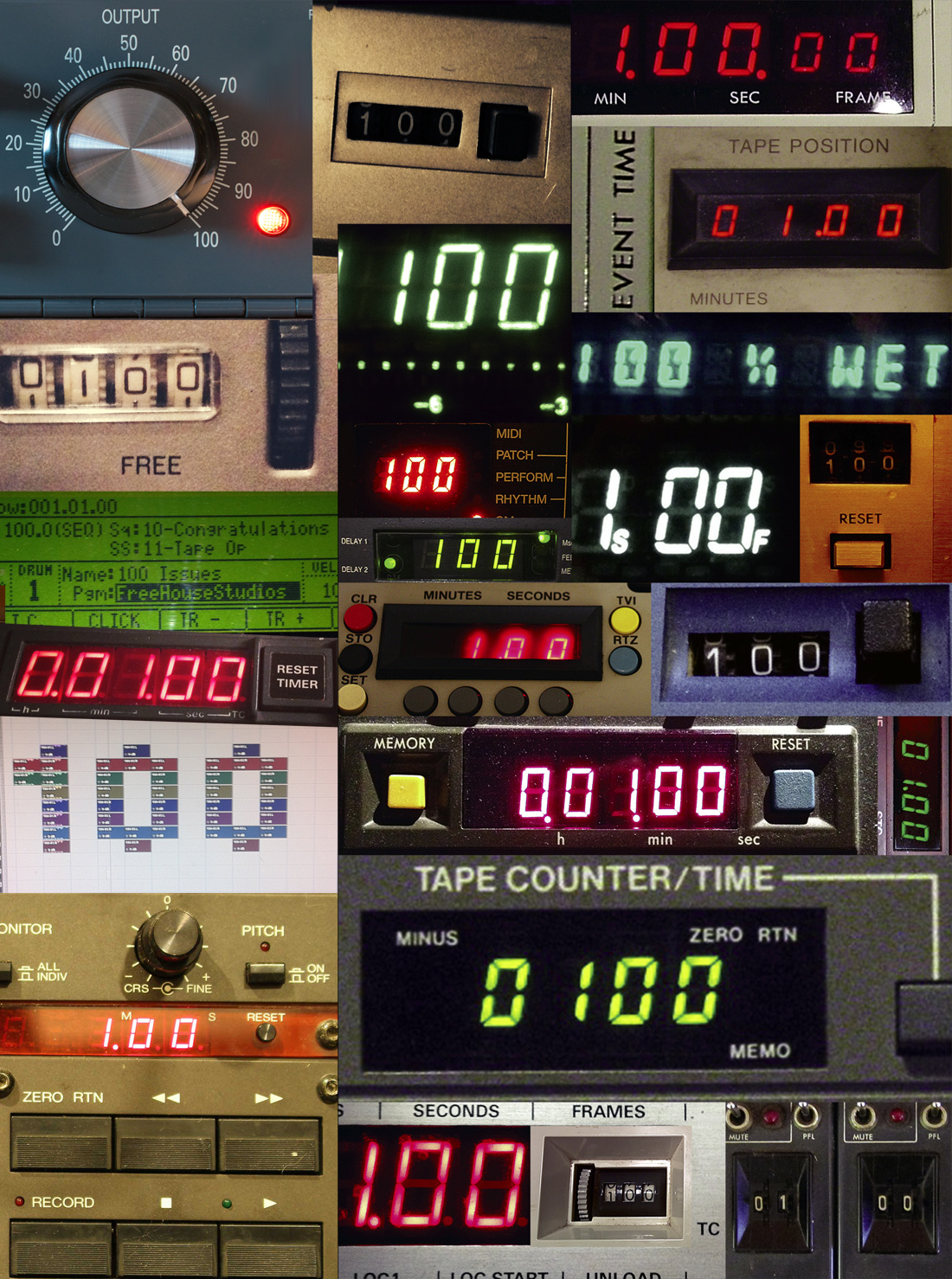While making acoustic adjustments to one of our control rooms, we decided more absorption and diffusion were needed for the front wall. Diffuser City is a small company that makes one-of-a-kind diffuser panels hand-assembled in the U.S. from 100% reclaimed wood. (Since their products are made-to-order, be sure to factor lead-time into any project deadlines.) We installed nine units from their Unpainted Nebraska line. These are 1 ft × 1 ft block-type diffusers with a twist. Instead of precisely shaped cubes placed in a quadratic-residue scheme, these use remnants, unpainted pieces, and sections of wood cut at multiple angles and randomly mounted on a plywood base. Each unit weighs about 8 lbs and mounts via a French cleat, which is a bracket made from a single piece of bevel-rip-cut lumber. This is a time-tested mounting method that provides stability as well as precise positioning. The wood is unfinished, and could be stained or painted to taste. Diffuser City sells several other reclaimed wood treatments, including more mathematical lines (based on MLS and QRD/Schroeder scatterings). Be sure to see which type might fit your needs.
Purists will note that the Unpainted Nebraska diffuser does not follow any of the accepted equations for block diffusers (standard and inverse 1D and 2D quadratic methods). I'm fine with that. The test space did not require a specific frequency scatter nor is this the only diffuser in the room. I'm really happy with the performance, appearance, and construction of the Diffuser City units. Clients continually comment how interesting they are, making it a focal point that is both functional and fashionable. Combined with the other treatments, the room sounds much tighter without being totally dead.
We also installed a good deal of rigid fiberglass on the same wall. For covering material, we turned to Acoustimac, who offer a range of acoustic fabrics. Some people avoid acoustic fabric, citing that it is expensive. However, I'm not sure that's completely true, and meanwhile, the benefits of acoustic fabric are many. First, they allow sound to pass without the same coloration imparted by sewing-store fabric. Second, the bolts are wider than our local fabric place sells. And finally, many acoustic fabrics have fire treatments for increased flame resistance. We chose fabric from the DMD line, but Acoustimac sells many styles and textures, and even has a custom photo-print option. I hope to look into the custom printed "skins" later. The fabric pieces can be up to 53'' wide and as long as 96''. I strongly suggest buying a sample swatch pack, because you can't trust the color calibration of your computer screen when making choices - and you don't want to return a heavy bolt of cloth when you can make the right choice to start.
I'm a proponent who believes that the vibe of the studio affects the performances. Having acoustic treatments that glow of creativity is a positive in my book. If you want something fresh and very different from the manufactured foam or plastic look, check these lines out. (Unpainted Nebraska $29.99 each, www.diffusercity.com; DMD acoustic fabric $9.95 per yard, www.acoustimac.com)




_disp_horizontal_bw.jpg)